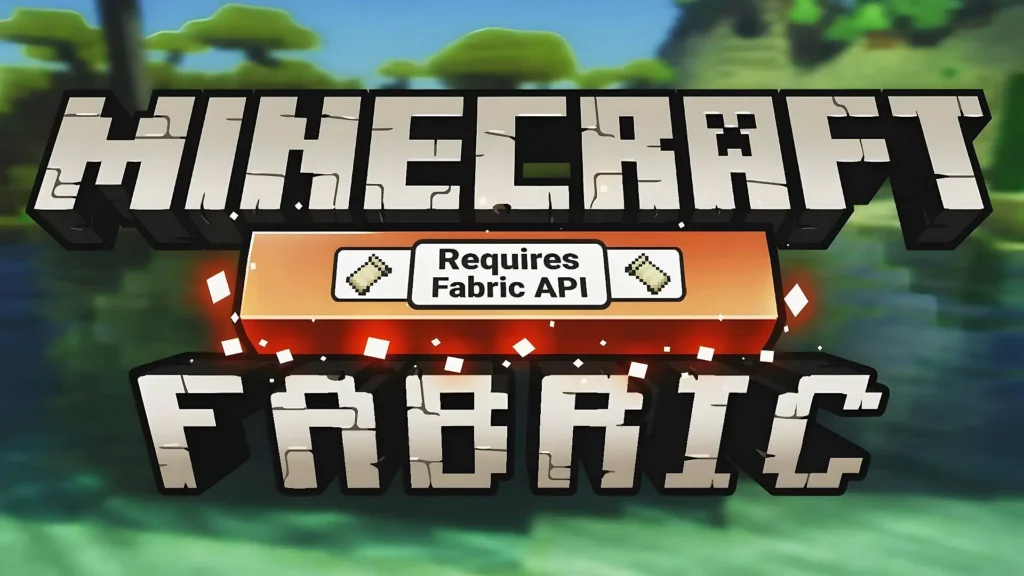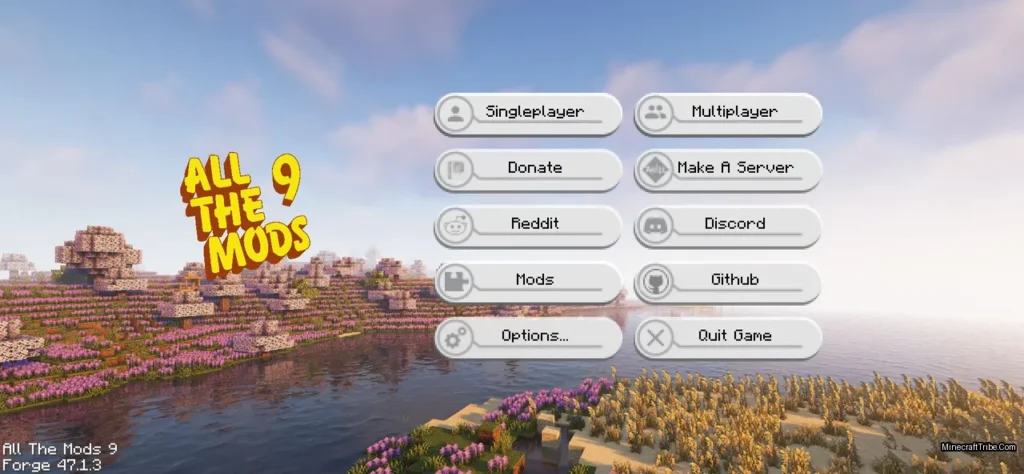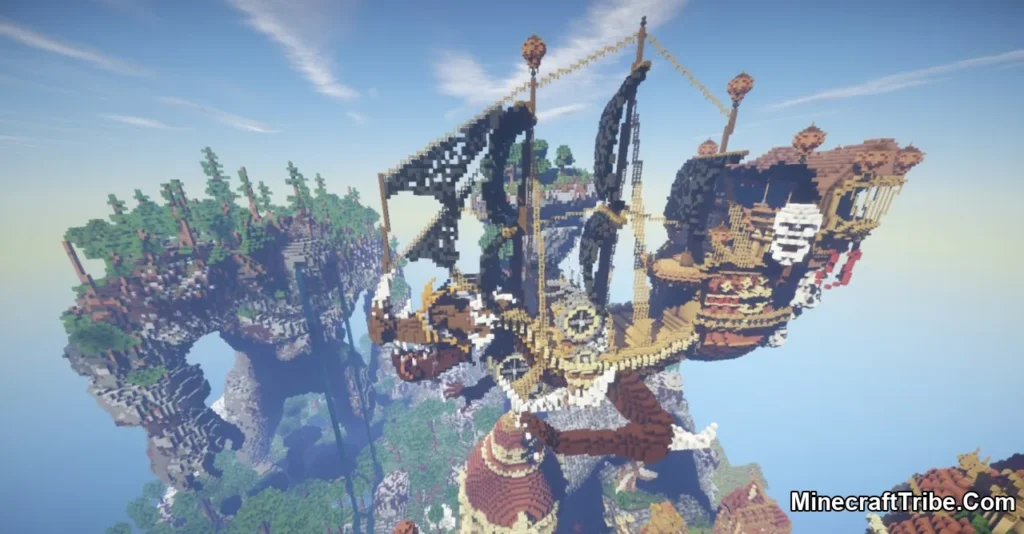I’ve played Minecraft for years. I’ve built castles, automated farms, and lost entire weekends chasing diamonds underground. But nothing I’ve done in all those hours prepared me for what it would feel like to watch my son play Minecraft for the first time.
He’s eight. He’s seen me playing before – seen the blocky trees, the weird pigs, the endless digging—and one weekend, he finally asked, “Can I try?”
Of course, I said yes. I figured it’d be a fun little bonding experience, maybe even a chance to pass down some tips and tricks. I set him up in survival mode, loaded a fresh world, and handed him the mouse.
I expected questions. What I didn’t expect was the way those questions would make me look at the game differently.
“What am I supposed to do?”
That was the first thing he asked. Not “How do I move?” or “What are the controls?” — but “What’s the goal?”
It’s a fair question. Every other game he’s played so far had clear objectives: beat the level, defeat the boss, collect the coins. But Minecraft… doesn’t. You spawn. That’s it.
I tried to explain. “You can do anything. You can build a house. Explore. Fight monsters. Whatever you want.”
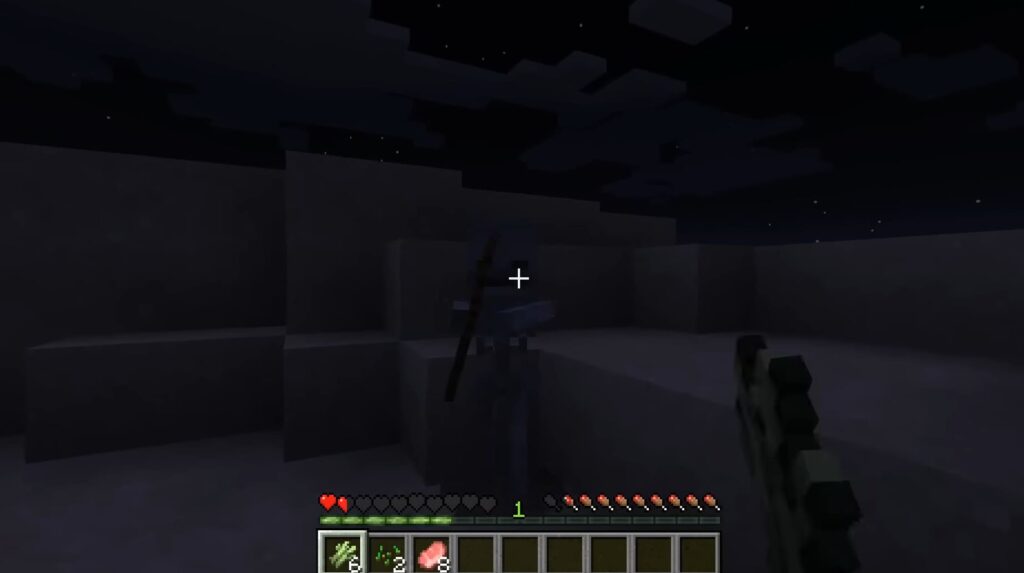
He stared at the screen. “But what’s the right thing to do first?”
And just like that, I remembered how foreign this game can feel to someone new. Minecraft gives you every tool, but no map. It offers infinite possibility, but zero direction. And for someone like my son, raised on goal-driven experiences, it was overwhelming.
Dying. A Lot.
He spawned near a forest and punched a tree. I smiled. He was doing it! Then he wandered a bit, saw a sheep, chased it, got lost, night fell – and boom, a skeleton ended his first life.
Respawn.
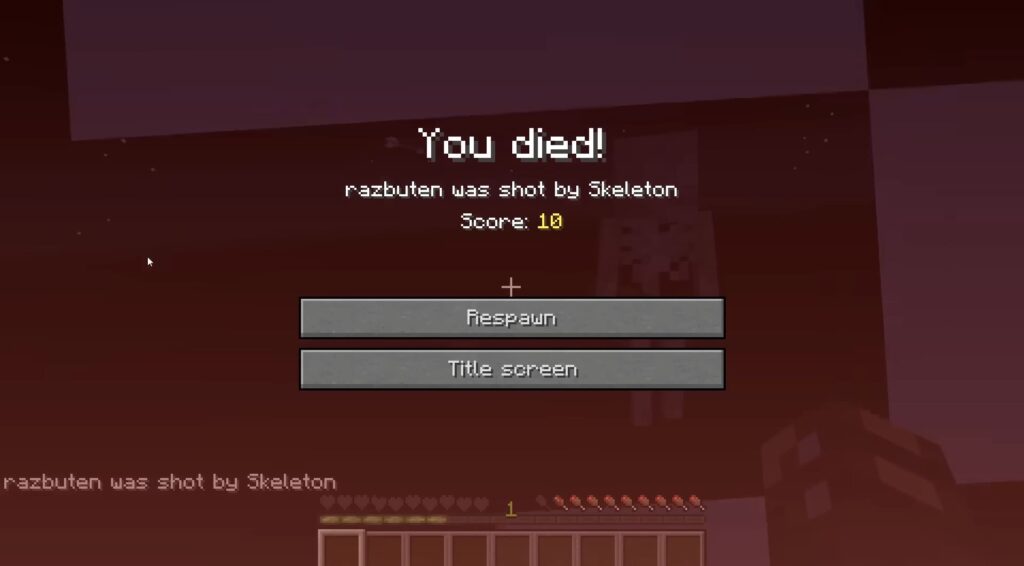
This cycle repeated a few times. Every time he got a little further—made a crafting table, built a dirt hut—but every death frustrated him. He didn’t mind dying in other games; there was always a checkpoint. Here, there wasn’t. His tools were gone. His hut was gone. Everything felt like starting over.
He turned to me and said, “This game is kind of mean.”
I didn’t have a great answer. Minecraft’s fail states are light compared to many games, but for someone unfamiliar, they feel unforgiving. He didn’t know you could recover your dropped gear. He didn’t know about beds. All he knew was: I played, I tried, I lost everything.
Creative Mode, Creative Mind
After a while, I switched him over to Creative mode. I figured he could at least build something fun without worrying about mobs or crafting recipes.
And that’s when everything changed.
He lit up.
Within minutes, he had spawned dozens of wolves (and named every one), built a glass house in the sky, and was working on a lava moat “to keep out bad guys.” For the first time that day, he wasn’t asking me what to do – he was telling me what he wanted to do.
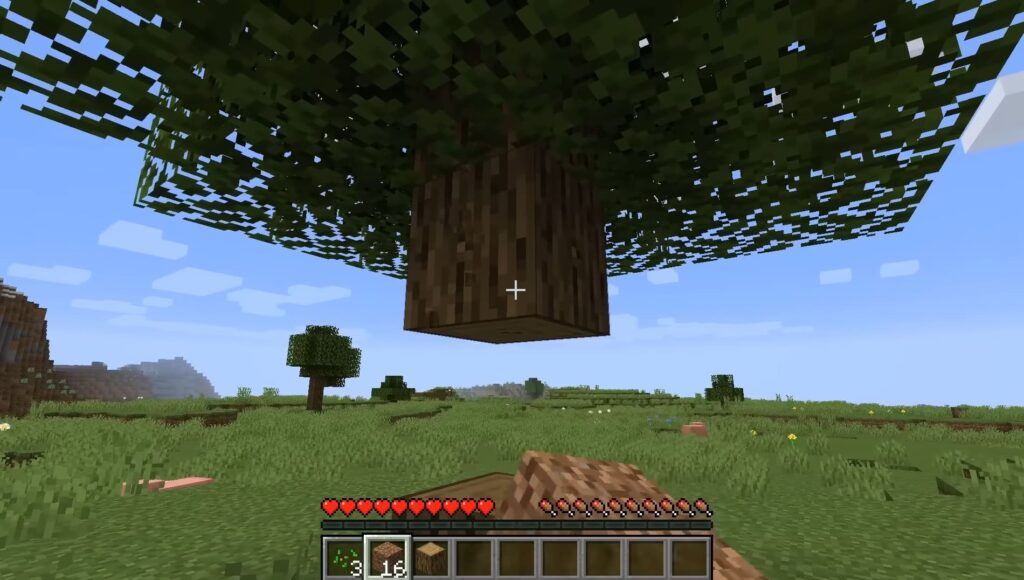
“I want to make a zoo next.”
He was playing. Not the way I play Minecraft – optimizing farms, hoarding resources – but the way Minecraft was probably always meant to be played: freely, creatively, curiously.
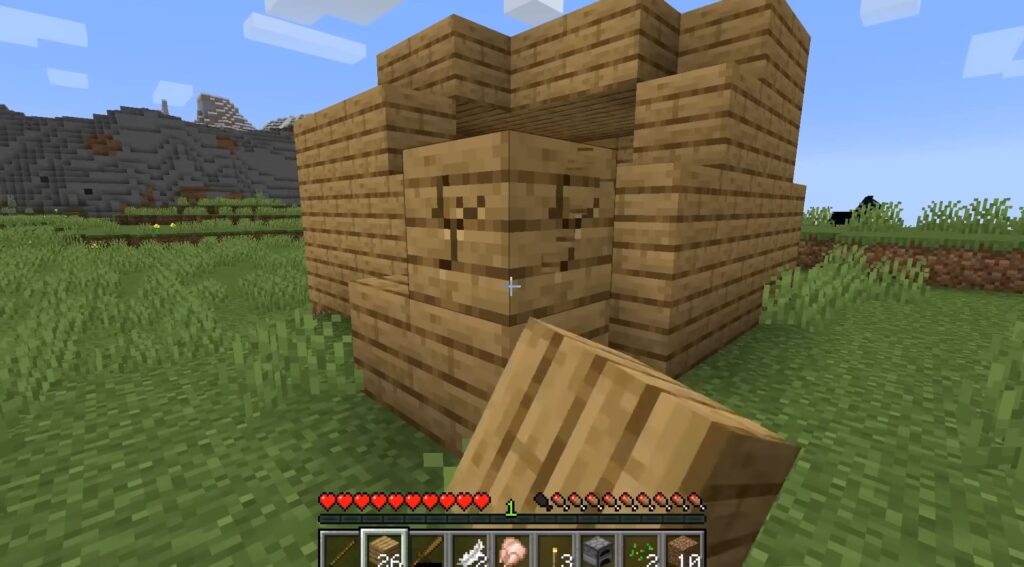
It reminded me that Creative mode isn’t “cheating” or “lesser” – it’s just a different door into the same world. For some players, especially younger or newer ones, it’s the perfect way in.
Relearning Wonder
At one point, he discovered redstone. I explained that it worked kind of like electricity, and he spent the next hour trying to build a “trapdoor elevator.” It didn’t work, but he kept trying, tweaking, laughing when pigs accidentally fell into the contraption.
I realized something: I’d spent so much time in Minecraft trying to be efficient, I forgot how fun it was to just experiment. I was playing to win a game that didn’t even have rules, and meanwhile my son was over here trying to make a lava bridge “because it would look cool.”
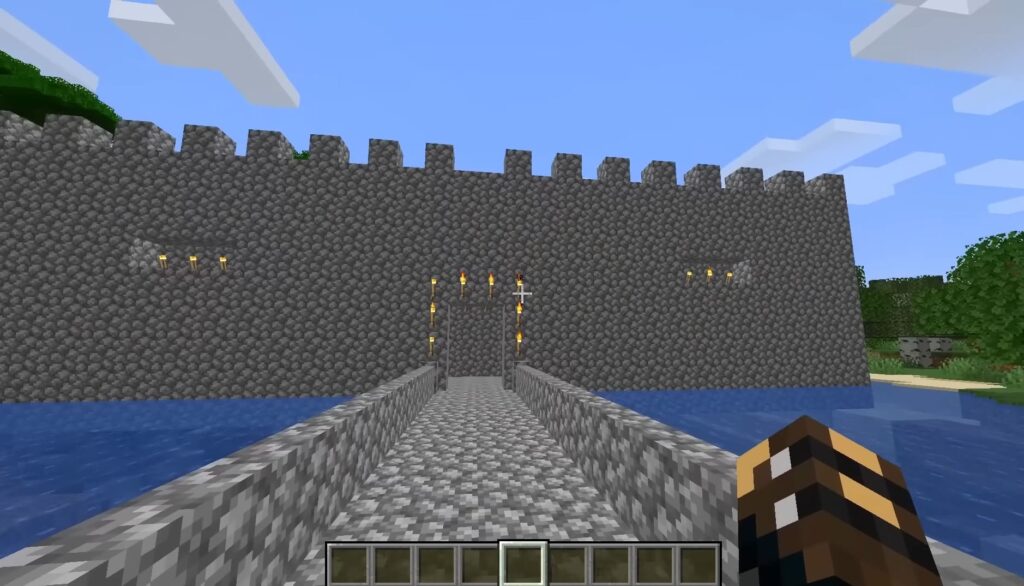
Watching him reminded me what makes Minecraft special. It’s not the mechanics. It’s the mindset.
What Minecraft Gets Right (and What It Could Do Better)
My son’s experience also highlighted some of the game’s pain points. The lack of guidance. The sudden danger. The overwhelming UI. Even the recipe book, while helpful, doesn’t explain why something is useful.
He didn’t understand the hunger bar at first. Or that mobs spawn in the dark. Or that some blocks require specific tools. And while it was rewarding to teach him those things, I couldn’t help but think: What about kids who don’t have someone next to them to explain?
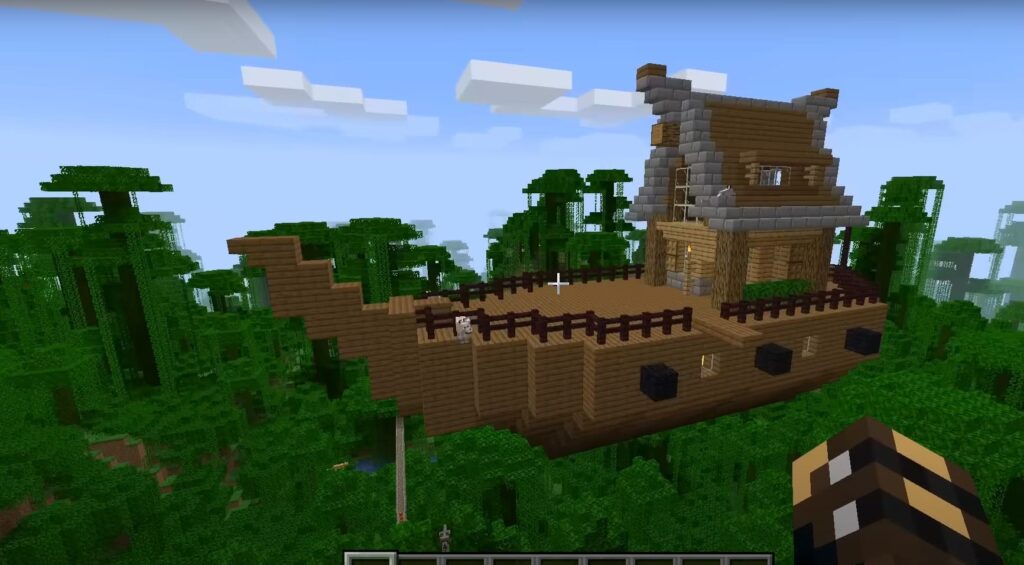
Minecraft has always relied on its community to teach new players – through YouTube, forums, or friends. That’s part of the magic. But it also makes the game less accessible than it seems.
Still, the fact that he wanted to keep playing, even after so much confusion, says a lot. Once he found a mode that let him express himself without fear of failure, he was hooked.

Final Thoughts
That night, after he went to bed, I opened up one of my own Minecraft worlds. I looked at my tidy farms, my perfect storage system, my massive mob grinder – and felt a little silly.
My son wasn’t trying to conquer Minecraft. He was just living in it. Building. Laughing. Wondering. Trying weird ideas just to see what would happen.
And maybe that’s the real goal of the game after all.
Minecraft doesn’t tell you what to do, because what you choose to do reveals something about you. My son chose wolves, sky houses, and glass bridges. He chose joy.
And watching him reminded me to choose it too.

